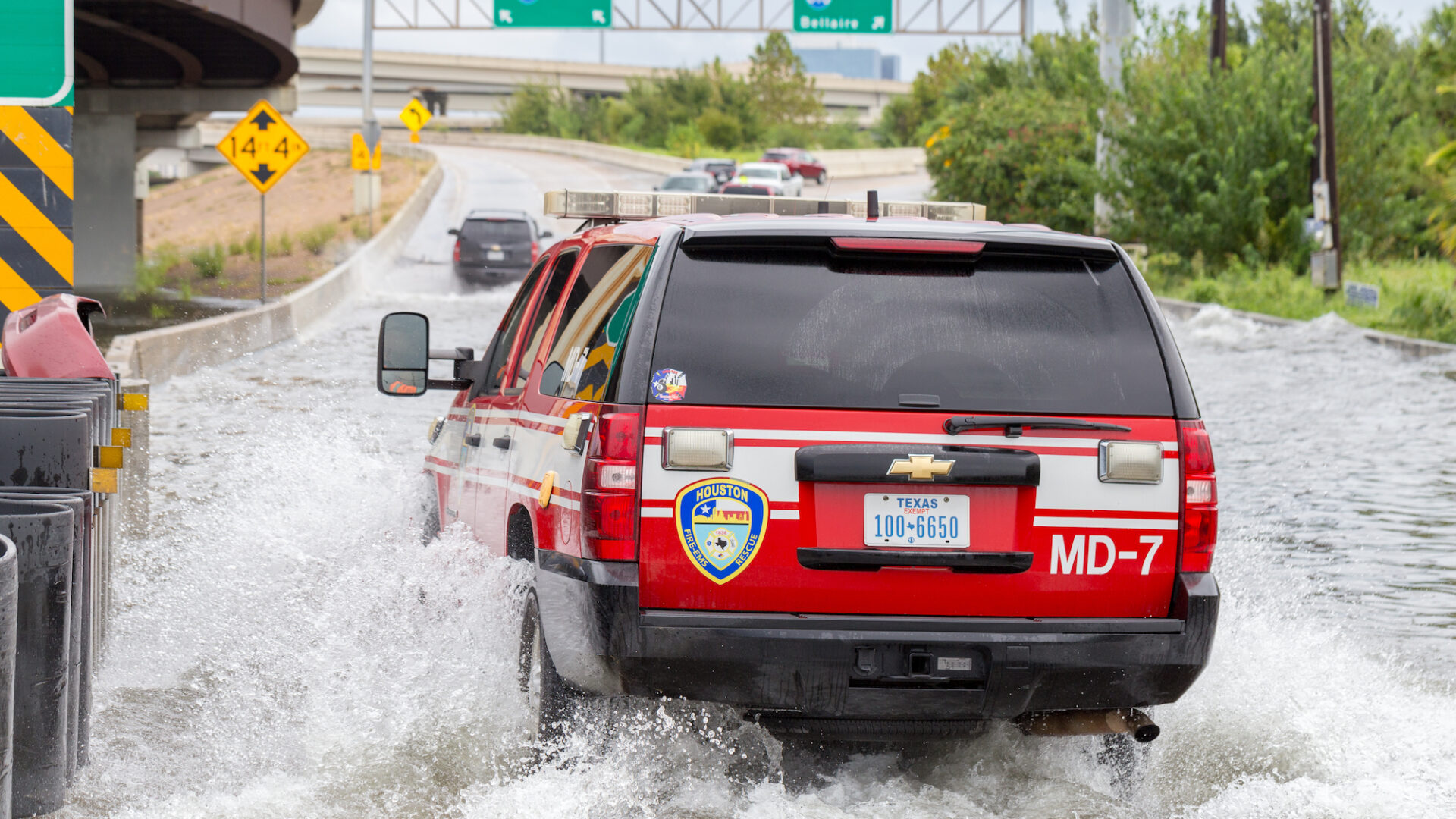Identifying The Risk
August 2020 presented ominous signs for us at our Houston data center. Alerts highlighted a potential hurricane rapidly intensifying in the Gulf of Mexico, its trajectory uncertain even within 72 hours of its anticipated landfall.
Laura, initially a tropical wave that emerged off Africa’s west coast, had transformed into a formidable Category 4 hurricane by August 26th, as reported by Space City Weather, foretelling catastrophic outcomes for western Louisiana.
For Houston, the forecast was troubling. Areas west of I-45 anticipated periods of showers and storms, with nighttime winds of 15 to 25 mph and gusts up to 30 mph. Meanwhile, regions east of I-45 and north of I-10 were projected to face gusts around 35 mph.
Given the evolving scenario, we grasped the severity of the impending risk and took decisive action.
Enacting The Plan
As Hurricane Laura loomed, we implemented strategies to guarantee our facility’s safety and uninterrupted service.
- On-site response team activation: We immediately deployed a dedicated team, preparing them to address the hurricane’s challenges head-on.
- Facility check-ups: We conducted thorough inspections of our facility to ensure its readiness against the storm’s impact.
- Fuel supply strategy: We activated our fuel supply chain and implemented the ‘Top Off’ plan, ensuring we had ample fuel without the need for ride-through fueling.
- Storm’s eastward shift: As we tracked Hurricane Laura, it took an eastward turn towards Louisiana, reducing potential challenges for our Houston location.
The Results & Lessons Learned
The insights we gathered validated some of our practices and highlighted areas for further refinement.
Assessing Wind Impact and Facility Design
Lake Charles, LA, experienced a staggering 101 MPH maximum sustained wind, while Spring, TX, could have faced winds between 90-100 MPH. Such intense conditions highlighted that non-spec-built facilities would have been severely affected.
Many commercial insurance claims relating to roof damage stem from equipment placement on the roof, which further bolsters the argument against the appropriateness of spec-built facilities in such scenarios.
Power Restoration and Infrastructure Improvements
One significant advantage was the Priority Restoration benefit from Centerpoint, which ensured front-of-the-line power restoration. Without this advantage, the estimated impact could have spanned around three days, especially given the potential for widespread damage to power lines.
Recognizing the importance of being self-reliant in such circumstances, we’ve implemented a spare MV plan, which includes on-site spare MV poles and gear, ensuring faster recovery and minimized downtime during similar events in the future.
Supporting Small Businesses in the Wake of Laura
In the turbulent week following Hurricane Laura, our team at TRG Datacenters went above and beyond to assist businesses reeling from the storm’s aftermath. We successfully migrated over 27 small businesses from their legacy on-premise systems in Lake Charles to our state-of-the-art Houston data center.
This effort ensured the timely release of thousands of paychecks, facilitating the return of hundreds of employees back to work and aiding in the community’s recovery process.







